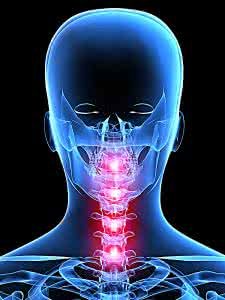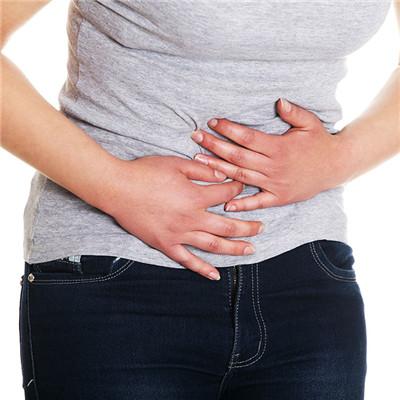What symptom is got cervical vertebra disease?
summary
The incidence rate of cervical spondylosis is increasing year by year, and many young people have become the high incidence of cervical spondylosis. Cervical spondylosis is a common disease in our daily life, many people have a feeling of turning pale. The reason is that its symptoms are complex, once suffering from it, it will seriously damage our physical and mental health. Now I'm going to introduce to you the symptoms of cervical spondylosis?
What symptom is got cervical vertebra disease?
If the cervical nerve root is involved, there will be nerve root symptoms, including neck discomfort, head and neck movement limitation, or pain in the back of the head, neck and shoulder. The root pain can radiate to the shoulder, upper arm, forearm and hand, and the symptoms will aggravate during the activity; It was relieved when resting and lifting the shoulder. At the time of examination, the reflex of biceps tendon and triceps tendon decreased or disappeared, and thenar muscles atrophied.

If the spinal cord is involved, there may be lower extremity muscle weakness, heavy feeling and other symptoms; During the examination, it can be found that the muscle tension is increased, the tendon reflex of lower limbs is increased, or there are signs of cone. Patients with severe symptoms may have spastic paralysis of both lower limbs in varying degrees. Sensory disturbance is light, sometimes, there may be shallow sensory decline, but the boundary is often not very clear.

If the vertebral artery is affected, patients may have dizziness, tinnitus, deafness, dizziness and other discomfort, or cerebellar symptoms. Occasionally, the patient may have the phenomenon of sudden collapse, but the patient is generally conscious and can stand up after falling.

matters needing attention
Although cervical spinal stenosis is not as common as lumbar spinal stenosis, it is also a disease that can not be ignored. If not treated in time, the disease can lead to neck pain, limb sensation and movement disorders.













